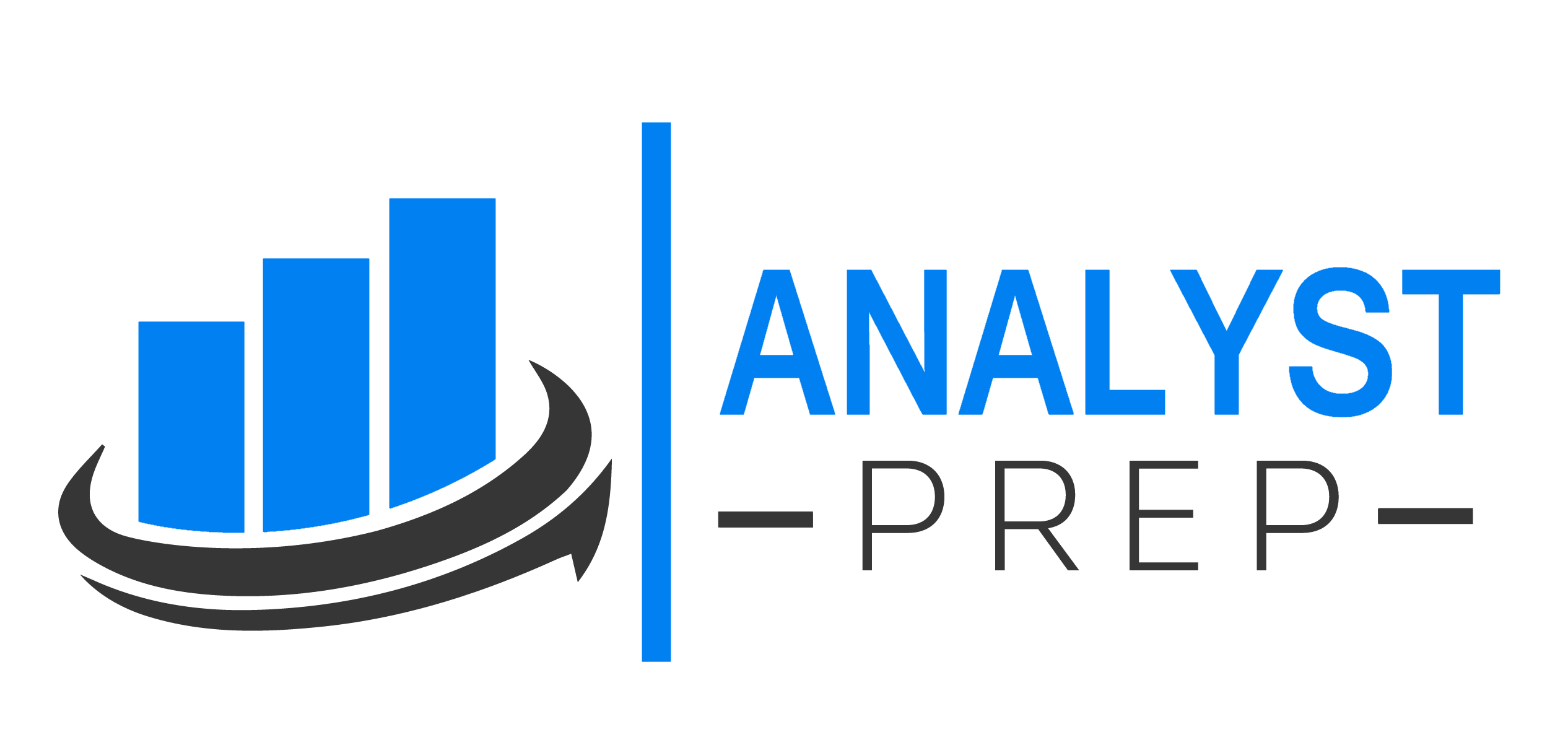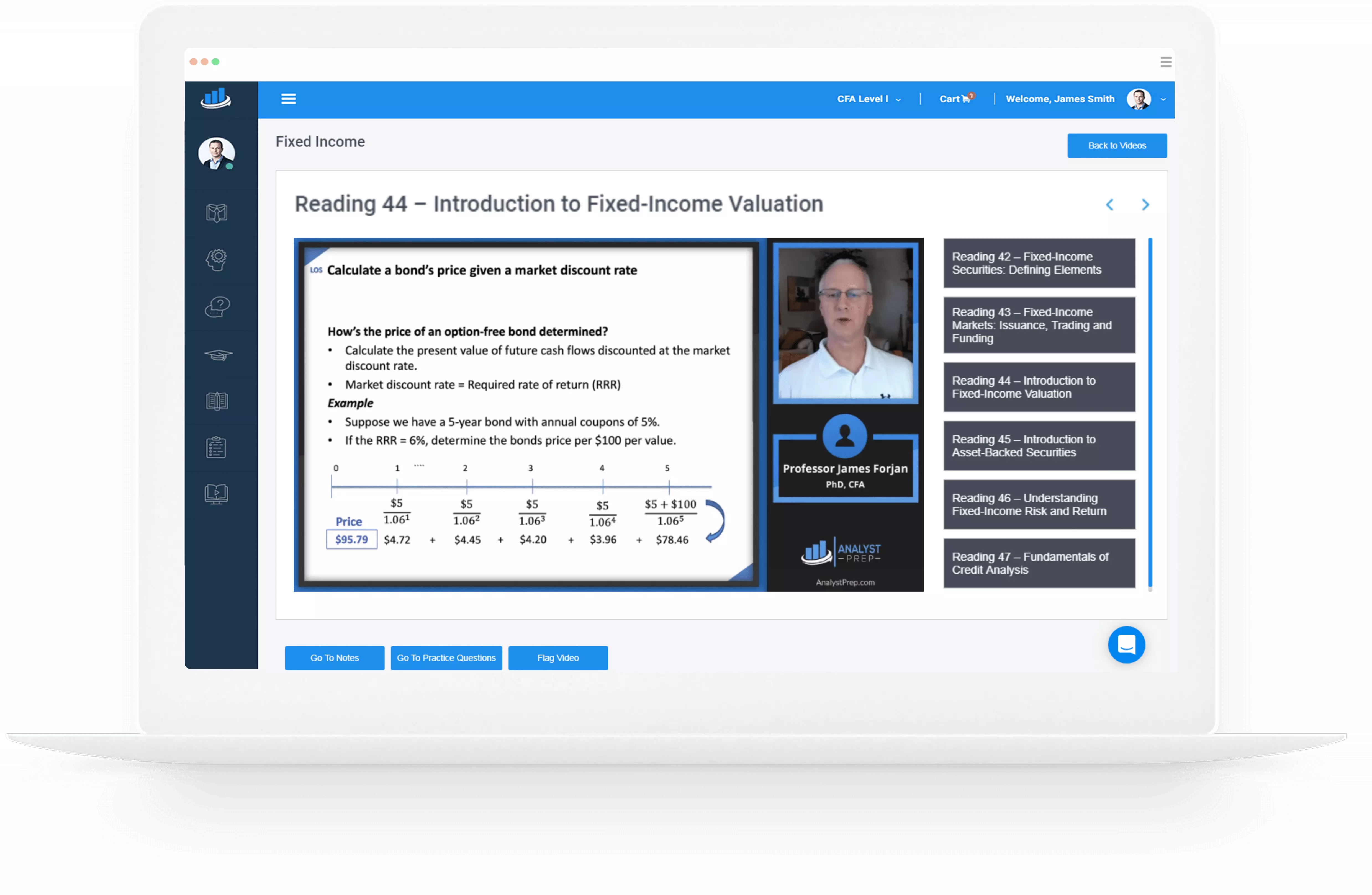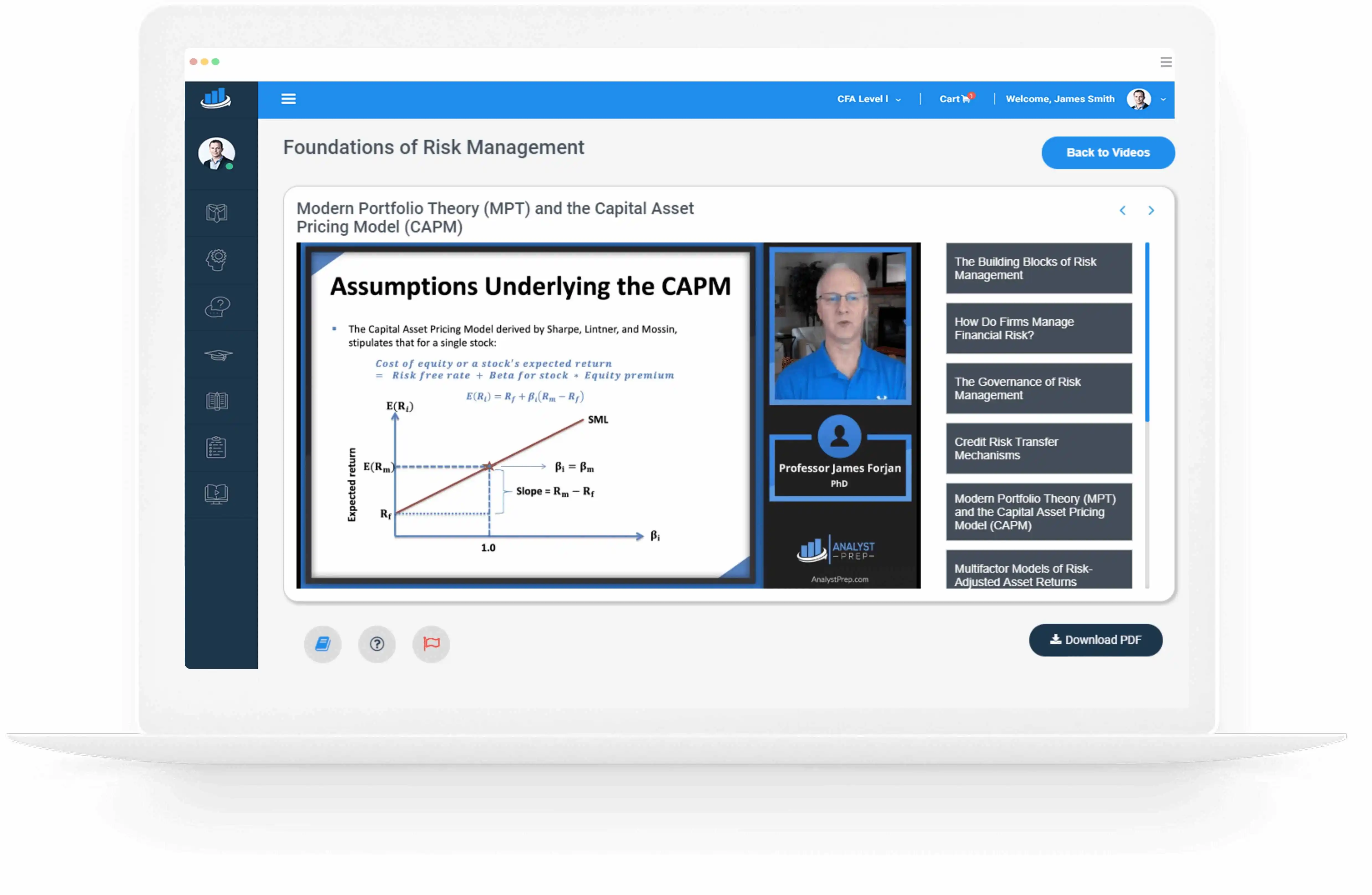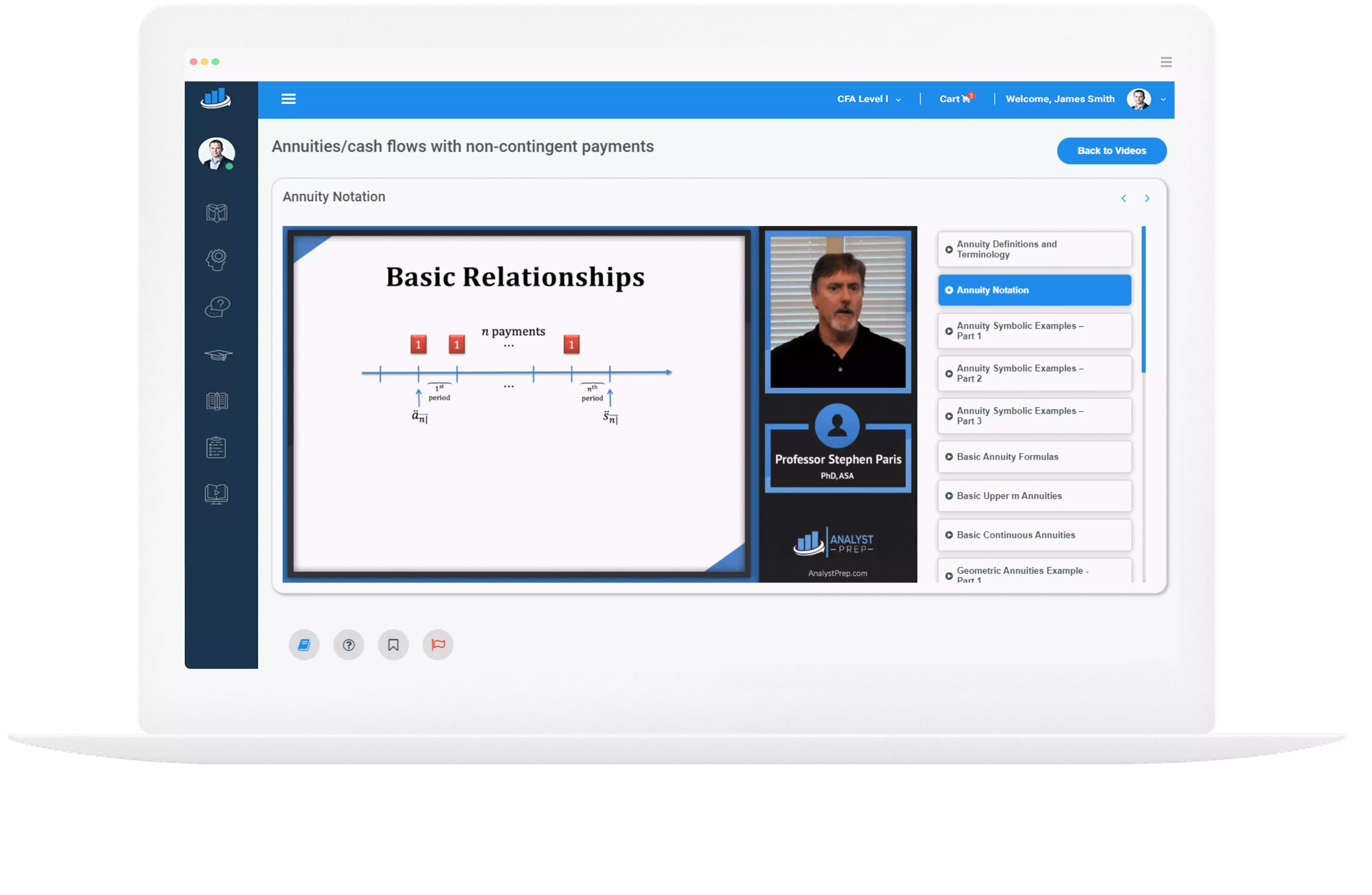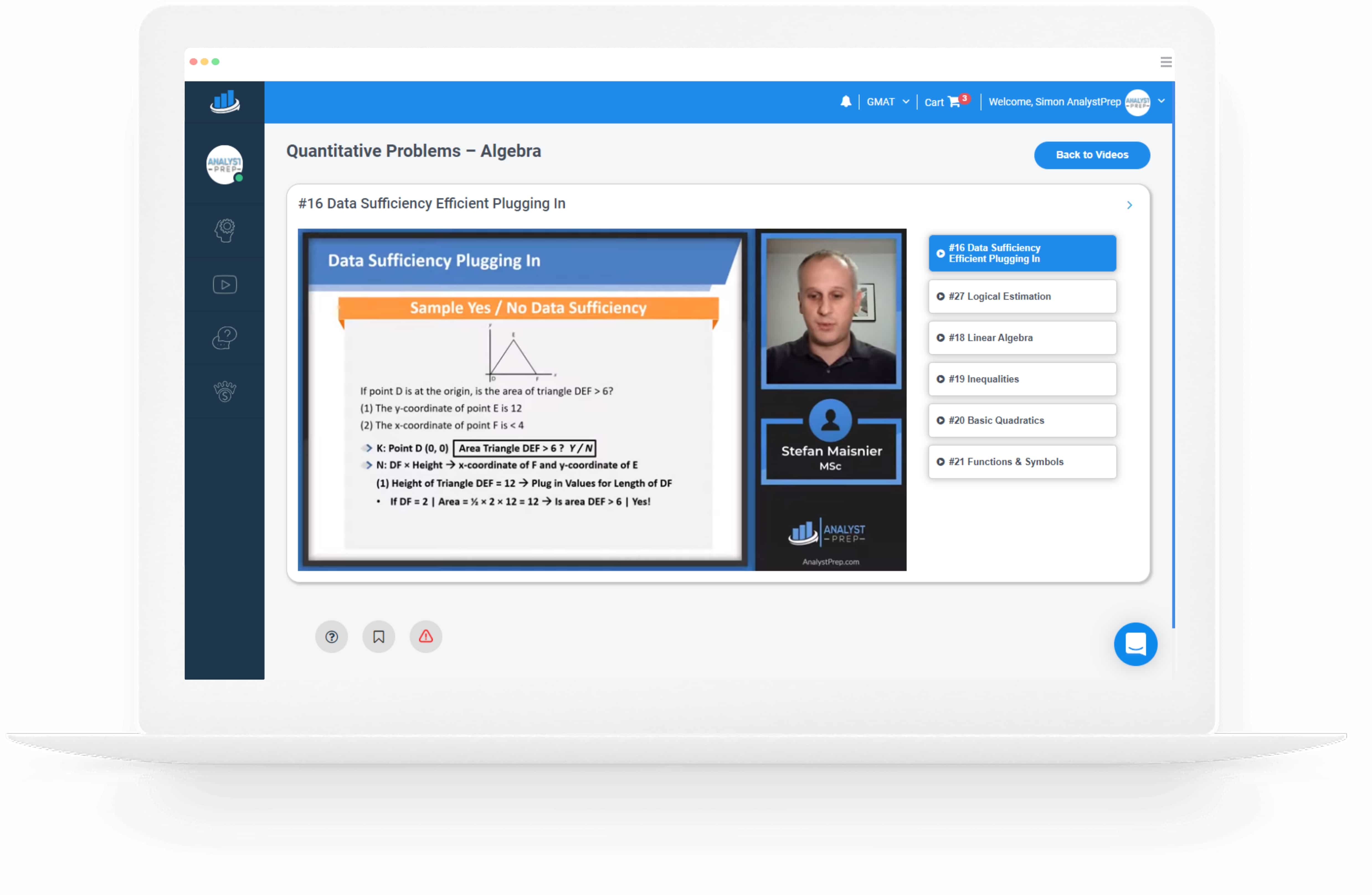Dividend Payment Chronology
Dividend chronology describes the timeline for a series of events which take place after a company decides to pay dividends to its shareholders. Included in this chronology are the declaration date, ex-dividend date, record date and payment date, in that…
Share Repurchase Methods
Share repurchase is one of the two methods that can be employed by a company in the distribution of cash to its shareholders. Dividend payment is the other method. In a share repurchase or buyback, a company buys back its…
Effects of a Share Repurchase on EPS
A company may choose to carry out its share repurchase program using surplus cash that it has. Alternatively, it may choose to borrow money and use debt to finance the repurchase. Either method will impact the company’s earnings per share…
Effect of a Share Repurchase on Book Value Per Share
Book value per share (BVPS) refers to a company’s total shareholders’ equity divided by the total number of outstanding shares. A share repurchase can impact a company’s BVPS. It is important to note what the impact of BVPS is given…
Cash Dividends and Share Repurchases
Under the assumption of “all else being equal”, i.e. the information content and taxation for a share repurchase and cash dividend are the same, a share repurchase is considered to be equivalent to a cash dividend payment of the same…
Primary and Secondary Sources of Liquidity
[vsw id=”7ODf4zqxNxo” source=”youtube” width=”611″ height=”344″ autoplay=”no”] Liquidity management describes a company’s ability to generate cash when needed to meet its short-term obligations. Effective liquidity management means that a company can manage its major sources of liquidity efficiently. Although these major…
Liquidity Measures
[vsw id=”7ODf4zqxNxo” source=”youtube” width=”611″ height=”344″ autoplay=”no”] A company’s liquidity is measured by the extent to which it has current assets, i.e., cash, marketable securities, accounts receivable and inventory which can be readily used to satisfy its short-term obligations. Measuring Liquidity…
Operating and Cash Conversion Cycles
[vsw id=”7ODf4zqxNxo” source=”youtube” width=”611″ height=”344″ autoplay=”no”] A company’s number of days of payables, number of days of receivables, and number of days of inventory may be combined to indicate its operating cycle and net operating cycle. The operating cycle and…
A Company’s Net Daily Cash Position
[vsw id=”7ODf4zqxNxo” source=”youtube” width=”611″ height=”344″ autoplay=”no”] On a typical day, a company will have several instances of both cash outflows and cash inflows. These cash flows, however, do not offset each other and a company is left with a net…
Short-Term Investments
[vsw id=”7ODf4zqxNxo” source=”youtube” width=”611″ height=”344″ autoplay=”no”] Whenever a company has surplus funds, i.e., funds that are not needed to complete daily transactions, it may choose to invest these funds on a short-term basis to generate extra funds. These short-term investments…
